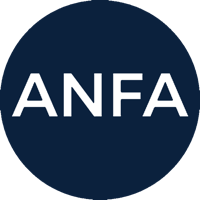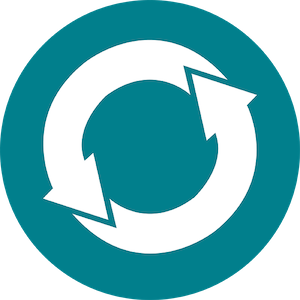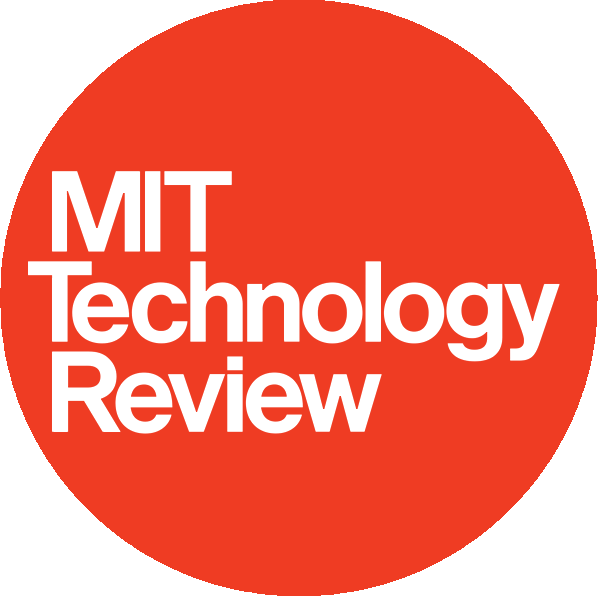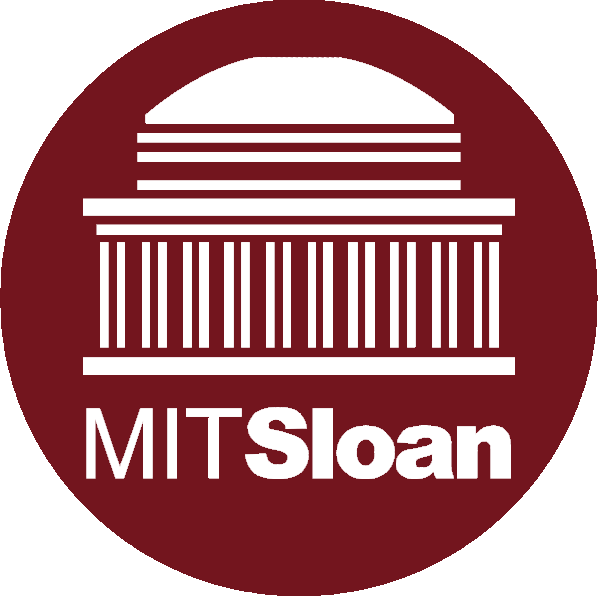Lather. Rinse. Repeat.
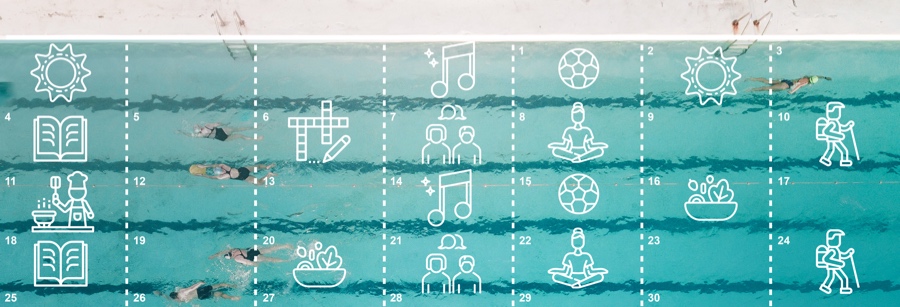
Time to re-establish the routines that COVID broke
Fall energizes and inspires. The idea that this is a season to start anew is instilled so early, that by adulthood it’s instinctual. This fall, it’s a new school year and another variant. Our work lives also look way different than they did three Septembers ago, before the pandemic broke our established routines.
We’ve written a lot about the pandemic’s silver linings, how the way Americans work (and how we think about that work) has needed an overhaul for decades. While we’re not backing away from that, we have to admit that change is exhausting. Having more choice and control over your own life is great… and exhausting. Deciding when you’re going to work, and from where, is amazing… and exhausting.
On our minds
Have you heard of decision-fatigue? It happens when you’ve made so many decisions in a day that your brain freezes in protest. You’re not able to continue making well-considered decisions, and instead, your overtaxed brain slips into “auto mode.” You start floating through things, rather than acting intentionally. Ultimately, decision-fatigue can lead to stress and burnout.
The concept of decision-fatigue isn’t new. Executives have been trying to streamline daily habits for decades, to save brain-power for important decisions. This is why Steve Jobs wore the same black turtleneck every day. It’s why Anderson Cooper and other high-profile folks eat the same meal for months.
These days, we make even more daily decisions than we used to. We have to assess the COVID risk of everything we do. Many of us decide day-by-day if we’ll work at home, from a park, or from a coffee-shop. If we do go into the office, it’s likely an ABW environment, which means we don’t own our cozy-if-claustrophobic desk. Rather, we choose where to work, within our office, hour by hour.
Sure, all this flexibility is a zillion times better than sitting in one spot from 9am till 5pm every day. Maybe you’ll spend part of your day in your office’s coworking lounge, handling admin tasks while sipping a latte and chatting with others who drop in. Maybe you’ll spend an hour alone, in a noise-resistant focus pod, polishing a project proposal. Maybe you’ll spend your afternoon on the office patio, fighting drowsiness with oxygen and vitamin D. Unfortunately, all this deciding (where to work, what to wear, what to eat, how to handle interpersonal situations) uses up a ton of energy.
So how do you reduce the load and settle into this brave new hybrid world, routine-intact? Especially because routines are actually what keep us sane and healthy and ground us in who we are. You might want to start by considering the habits of successful executives and entrepreneurs—which doesn’t always mean wearing the same clothes and eating the same meal.
Time-chunking, or breaking your week into blocks where you focus on a single task, increases productivity and reduces cognitive stress. Choosing certain days and times to do—or not do—something sets up a routine, while also helping you establish boundaries. No-meeting Mondays and Finish it Fridays are a couple of examples. Maybe you have “Morning Mailings,” where you tackle your inbox for the first and last time all day. Respond to what’s necessary, archive what isn’t, then turn off notifications. Time-chunking can be inpidual, or it can become a company-wide policy, such as a collective lunch break at the same each day or certain parts of the day that are set aside for deep focus-work. (Hate to break it to you, but you’re a terrible multitasker.)
Another trick of analogue automation is planning variety. Maybe you work from the office on the same two days a week, and from your favorite cafe every Wednesday. Maybe you take all your client meetings at the same quiet restaurant and your bi-weekly team meetings in a specific comfy group room. You might do yoga at the same time every Tuesday and Thursday and cardio during that time on Monday and Wednesday. When we set routines, we’re better able to be protective of that time. We’re more likely to decide that another task can wait, because we’ve already committed that time—and more importantly, we’ve already committed to ourselves.
Guess what happens when you stick to a routine for a few months? The behaviors you’ve incorporated become habitual, which means it’s more trouble to not do them, than to do them. Furthermore, research shows that these rituals, when practiced together, help synchronize us with one another, and are important aspects of community and connection.
Before outlining your new fall habits, like the dutiful former-student you once were, do your prerequisites. Consider, what are your general goals for your weekdays? What in your life isn’t supporting these goals? Incorporate immediate rewards into your routine, and make sure to include transition time, with short breaks like a stroll with the dog or a time-out to do dishes. These breaks give your brain the space it needs to close one task and move to another. Consider geographic transition time, now that you’re moving from floor-to-floor for your next meeting, rather than from your dining table to your couch.
Making space for new habits may mean eliminating old ones. This giant work reboot means we’re in this sparkling moment when we get to transform our work lives (and our work-life balance) intentionally. Maybe your old habits were happenstance, but your new habits—and this crisply glorious new season—can be whatever you want them to be.
From the archives
What were we talking about during the Septembers of the B.C. (Before Covid) era? Social design in the workplace; data-supported design; and co-working in science environments.
Need some support while you’re getting motivated for back to school? Here’s a playlist that’s all about fresh starts.
In Case You Missed It
Last month we pointed out some pandemic silver linings, while other people were talking about efficient futures and staying grounded.
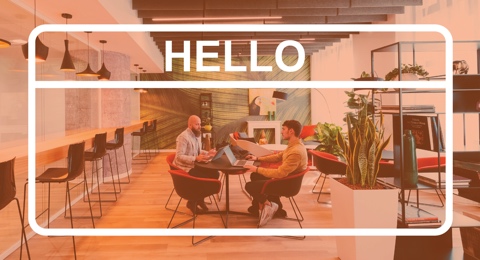
What Makes an Ideal Workspace?
The PLASTARC edition of AllWork.Space’s Future of Work podcast just got a shout-out, and we’re not shy about amplifying the buzz.
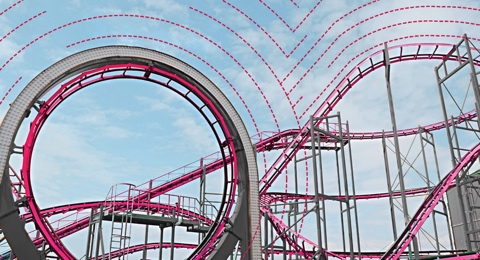
Every Career Needs a Toolkit
Author, CTO, and MIT prof Mark Hershberg gave a recent workshop on making a career plan. Check out this overview if you’re wondering if your career is on track.
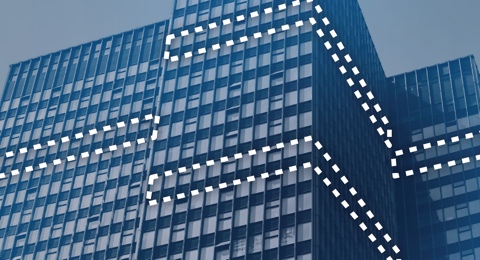
Everybody’s Doing It
Even federal agencies are making the switch to a hybrid workplace. And with PLASTARC’s help, the GSA is hashing out what that looks like, in terms of office space, technology and more.
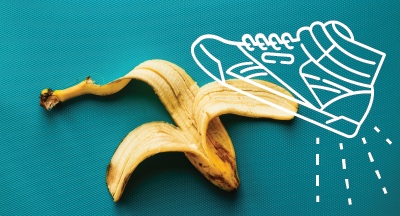
More Solid Footing
Americans spent $50B each year recovering from falls. One entrepreneur thinks there’s a better solution.
Looking Ahead
Fall is a time for brainstorming, and a lot of that will be happening at these upcoming solution-oriented events.


